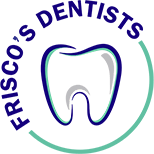Oral cancer definitely doesn’t make the headlines as often as so many others do, but it doesn’t mean that it is any less deadly or any less prevalent. In fact, 40,000 Americans are diagnosed with oral cancer every year, and of these 40,000, only a little more than half (57%) will be survivors. Sadly, the mortality rate has barely improved over the years.
Oral cancer actually has a higher death rate than the most widely known cancers, including skin cancer, Hodgkin’s, cervical cancer, and endocrine cancers. The mortality rate isn’t high because it is difficult to diagnose; it’s high because oral cancer is often not discovered until it is very late in development. There currently is not a screening program in the US for it. In addition, the HPV16 virus has been attributed more and more as of late to the incidence rate of oral cancer, and the virus typically does not develop lesions in the mouth that usually indicate early signs of cancer.
Instead, oral cancer is usually only discovered after it has traveled and spread to another location. The most common spot is in the neck’s lymph nodes. After oral cancer spreads, the patient’s prognosis drops significantly. At this point, the primary tumor has been able to invade deeply into surrounding structures, and it can do this all without producing recognizable pain or symptoms. As a result, oral cancer has a greater chance than most other cancers to develop secondary and tertiary tumors, meaning that survivors of the disease have a 20 times greater risk of developing a second cancer. What’s worse is that this increased risk can last up to 10 years.
What Can I Do?
For the most part, oral cancer is preventable. The number one cause of oral cancer is tobacco, with smokeless tobacco (chewing tobacco) as the biggest culprit. In other words, if you don’t chew or smoke, your risk for developing oral cancer is significantly reduced. If you do smoke or chew, well, you know what we’re going to say next.
As for contracting it thanks to HPV (human papillomavirus), this is preventable as well. HPV16 has hit the headlines aplenty over the last few years as it has been successfully linked to cervical cancer. Now it’s coming out that it’s linked to oral cancer as well. HPV16 is transmitted sexually, so by practicing safe sex or abstinence, it is also as easily prevented as is avoiding tobacco.
Most importantly, be aware of the dangers of oral cancer. The treatments are not pleasant, the recovery is worse than the treatment, and the survival rate is too low for comfort.


